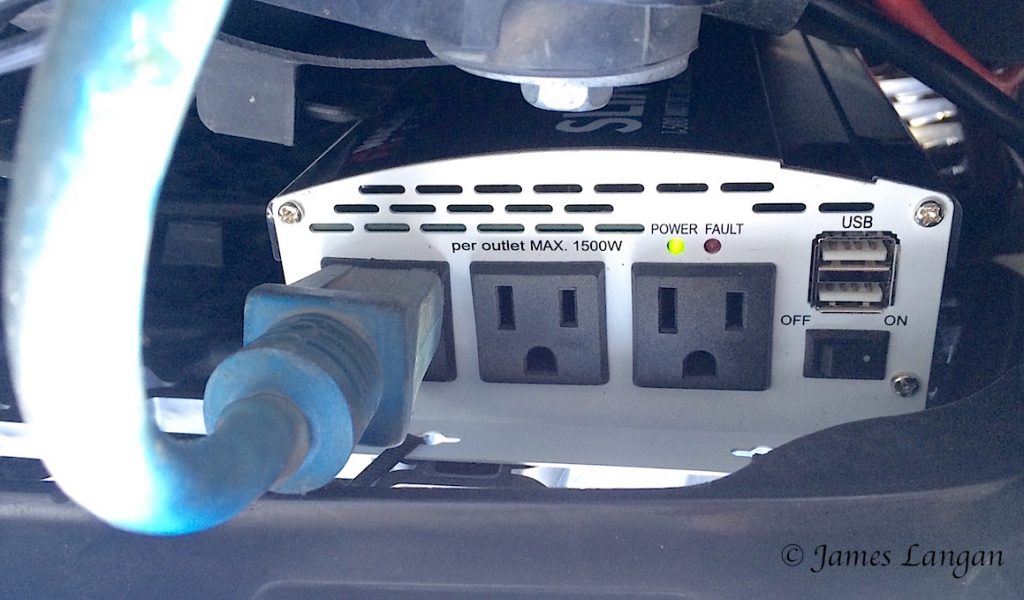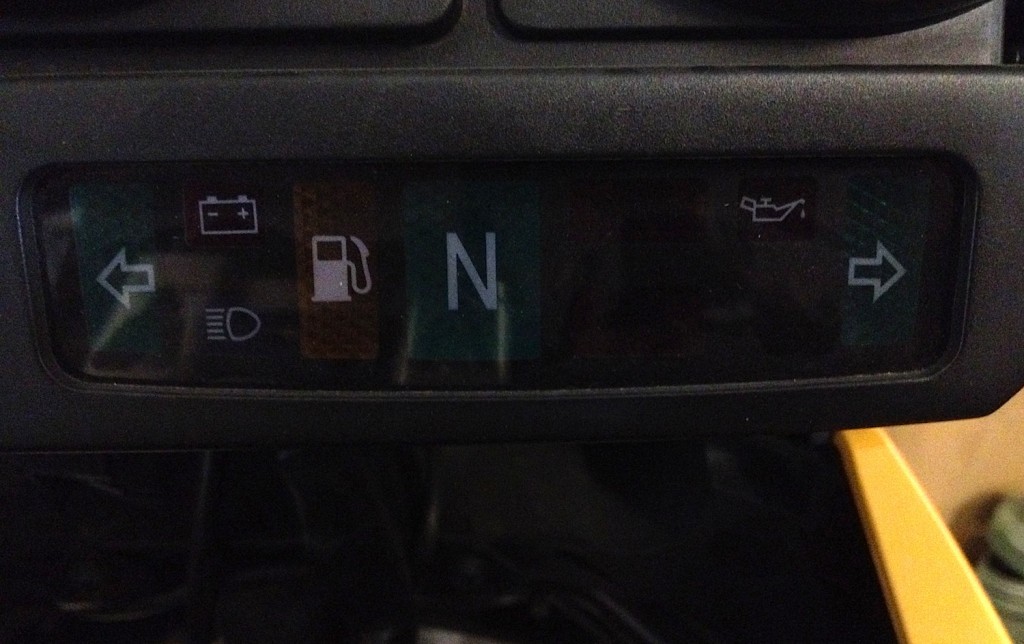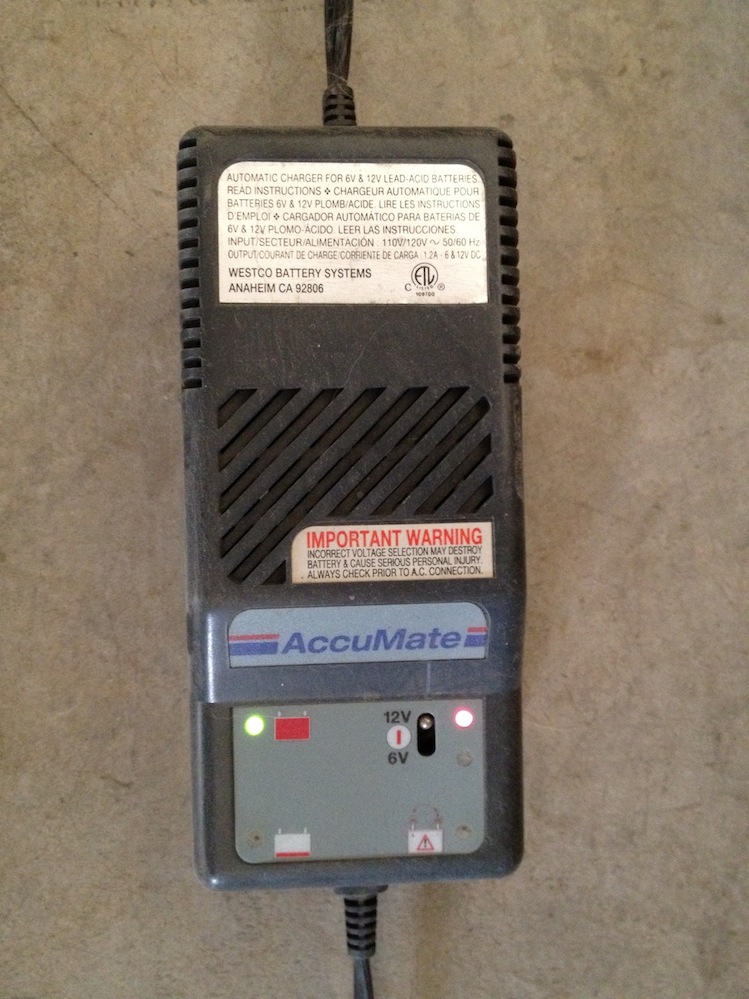Source: Zamp Solar, zampsolar.com
Copyright James Langan/RoadTraveler/Turbo Diesel Register magazine. All Rights Reserved.

Trucks, Tech, Reviews, ADV Travel
Source: Zamp Solar, zampsolar.com
Copyright James Langan/RoadTraveler/Turbo Diesel Register magazine. All Rights Reserved.

(For those not following my Instagram feed, plus a few more tidbits…)
A few weeks ago I test fit, then performed a quick and dirty installation of this WAGAN Tech 1500 SlimLine inverter on my 2014 Ram/Cummins 2500. The idea is to use the almost free power from the engine to run an electric heater inside my Hallmark Milner camper while driving to keep things thawed. Why? Because in about two months I’m heading to the Canadian Arctic Ocean. It is probably the last year to drive the ice road to Tuktoyaktuk, Northwest Territories, before the all-weather road is completed.
The inverter and heater worked, briefly, but the inverter kept faulting. Likely overheating because of the flush mounting (no air circulation) atop the fuse/relay box, combined with engine bay heat. After a -7 degree Fahrenheit overnight camp test running a Lasko Stanley electric heater through the night on a generator, I was ready to ditch the electric heater idea and rely completely on the propane furnace (still might), which works extremely well.

However, I found another unconventional, relatively easy spot to stuff the inverter, immediately behind the grill, and the appropriately short, provided cables are still long enough. The vertical, hanging installation is not ideal, though I’m willing to gamble and test it, and a chat with WAGAN was encouraging. While a flat, horizontal installation is recommended, the vertical orientation is not as big a negative as I’d feared. The more serious concerns remain debris, moisture, and vibration.
The cold front covering the grille should keep most debris away, the inverter’s outlets are more protected than shown in the photo, and hopefully there is enough airflow for cooling. Overheating should not be a big concern in the Arctic.
A high-idle driveway test produced no faults over 1.25 hours, and the inverter continuously ran the 1500 watt heater on low, presumably drawing about 750 watts. Most important, the temperature inside the cavity holding the water tank and main supply lines, measured with a remote sensor, continued to rise. This idea may still work for supplemental camper heat while underway. An upcoming long drive before another cold night camping systems test should be informative.
Sources:
WAGAN Corporation: WAGAN.com
Copyright James Langan/RoadTraveler. All Rights Reserved.
The short video below shows and tells the story. Was there any doubt? Yes, the engine was a little slow to fire, but it had been weeks since the motor ran, long enough for prime to be lost.
RoadTraveler.net, rollin’ forward.
http://www.youtube.com/watch?v=jCtQ-fFas7s
Copyright © 2012 James Langan
When the two Group 65 Odyssey PC1750 batteries in the old F350 would not ignite the 7.3L Power Stroke, my solution was to get a third Odyssey battery. Not a new, replacement battery, but the Mall Crawlin’ Distance Runner from the garage, which has an identical Odyssey 1750 under the hood. I also retrieved a set of booster cables.
The 4.7L V8 4Runner isn’t a daily driver, but it’s driven occasionally and I knew the engine and battery were ready to roar. With the big gauge jumpers connected, it was time to climb into the Ford’s cab, activate the glow-plug toggle and see what would happen…
http://www.youtube.com/watch?v=d9j6LzuMI78
Copyright © 2012 James Langan
Continuing with my current, electrical bent, recently I was again reminded to take care of my batteries. In this case, my dead batteries were the result of a different sin; lack of use.
My poor old 1996 F350 needs love and TLC, and has been infrequently started or driven for the past few years. Until now, the dual Odyssey PC1750 batteries have been very tolerant of the lack of charging and occasional starting. While the batteries were too low to fire the big T444E (7.3L) Power Stroke engine, they still turned the motor ever so slowly, until almost grinding to a stop, but there was none of the typical solenoid clicking that one often hears from low batteries.
Copyright © 2012 James Langan
I never leave the key in the ignition switch of my cars or trucks when they’re not running, but I always leave the key in my motorcycle in my garage. Never had a problem…until recently. One of the obvious problems with leaving a key in the ignition is that it’s possible to inadvertently leave the key ON. After doing some work on my moto and driving it around the driveway a bit that’s what I did: Key ON, driver OFF—for two days!

When I returned to the old BWM 1150GS and realized the key was ON but nobody was home, I had the deadest vehicle battery I’ve had in a very long time. There was not a flicker of electricity to be found or even hoped for in the displays or idiot lights. Starting batteries don’t like to be deep-cycled, and dead and empty for two days is a deeeep cycle. Would the relatively young (2 years) BMW gel battery accept a charge and rave on along the back roads this summer?
My electrical guru friend Paul said to put the battery on a long, slow charge, and hope for the best; “should be fine”. After plugging-in my AccuMate charger—the one that should have been plugged-in when I parked the bike—the dash lights showed a dim glow like an oil lamp on a cold night. I had hope.

After twenty hours charging, the AccuMate was green. Now the question was, would the battery start the bike repeatedly and keep the ABS lights from blinking, or will it be a one-hit wonder? I pressed the starter and the engine fired easily. Good. After letting the oil pressure build, I turned off the motor, and restarted the horizontally-opposed twin. Five times. Every time the motor sprang to life quickly and idled well without the characteristic staggered wig-wag of the ABS light indicating a low voltage fault. Lucky me…now where is that ignition key going to be stored?
Copyright © 2012 James Langan